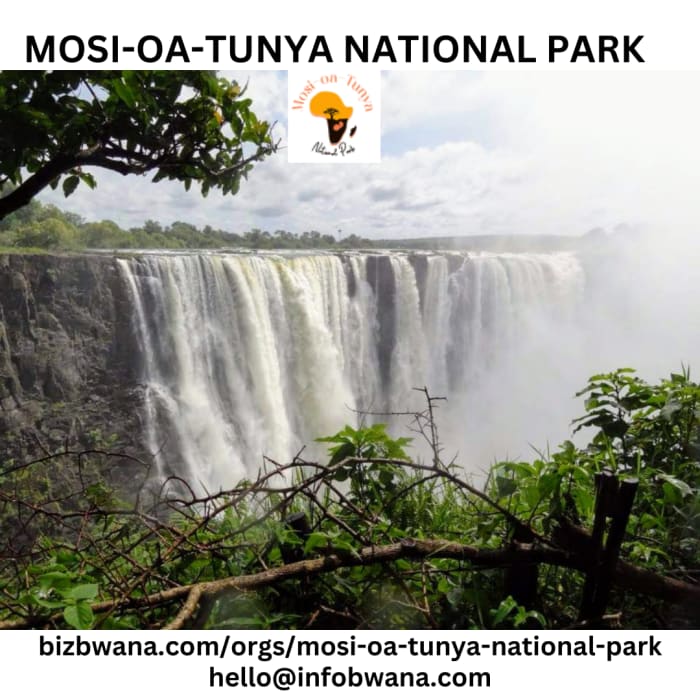
Mosi-Oa-Tunya National Park is located near Livingstone in Zambia and is renowned for its stunning natural beauty and diverse wildlife.
Mosi-Oa-Tunya National Park is located near Livingstone in Zambia and is renowned for its stunning natural beauty and diverse wildlife. The park is situated along the Zambezi River, just upstream from the Victoria Falls, one of the most famous waterfalls in the world.
Key features and characteristics of Mosi-Oa-Tunya National Park include:
Victoria Falls: The park is home to a portion of the Zambezi River, where it cascades over the cliffs to form the majestic Victoria Falls. The falls are a UNESCO World Heritage Site and are known locally as "Mosi-Oa-Tunya," which means "The Smoke That Thunders" in the Lozi language.
Diverse Flora and Fauna: The park is rich in biodiversity, featuring a variety of ecosystems such as riverine, woodland, and savannah. Visitors can encounter a wide range of wildlife, including elephants, buffaloes, giraffes, zebras, hippos, crocodiles, and various species of antelope. The birdlife in the park is also diverse, making it a haven for birdwatchers.
Activities: Mosi-Oa-Tunya National Park offers various activities for visitors, such as game drives, walking safaris, and boat cruises along the Zambezi River. These activities provide opportunities to witness the park's wildlife, scenic landscapes, and the breathtaking Victoria Falls.
Cultural and Historical Significance: The area around Livingstone has historical ties to the explorer David Livingstone, who is believed to have been the first European to view the Victoria Falls. The park may offer cultural experiences and historical sites related to Livingstone and the indigenous people of the region.
Conservation Efforts: Mosi-Oa-Tunya National Park is dedicated to the conservation of its natural resources and the protection of its wildlife. Efforts are made to balance tourism with environmental sustainability.
Visitors to Mosi-Oa-Tunya National Park are not only treated to the spectacle of Victoria Falls but also have the opportunity to immerse themselves in the beauty of Zambia's wilderness and observe the diverse flora and fauna that inhabit the region.

